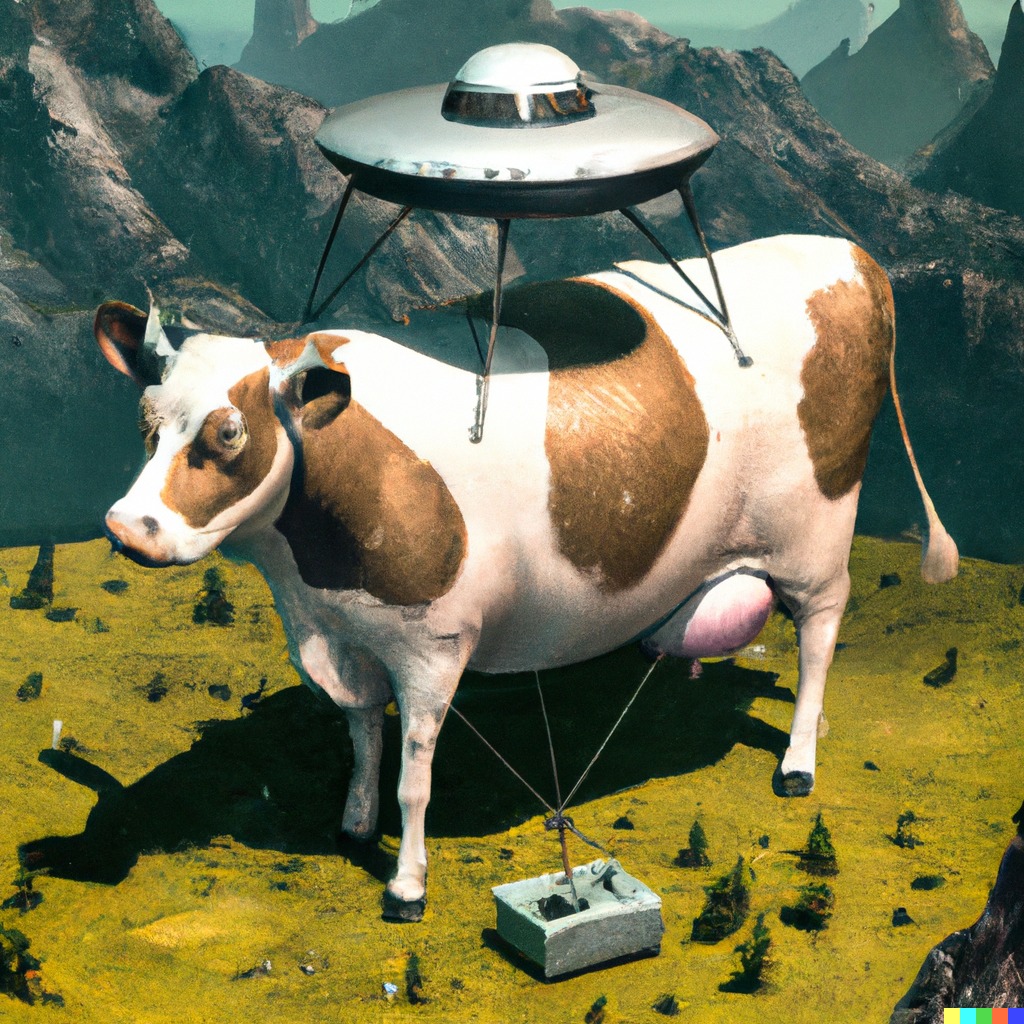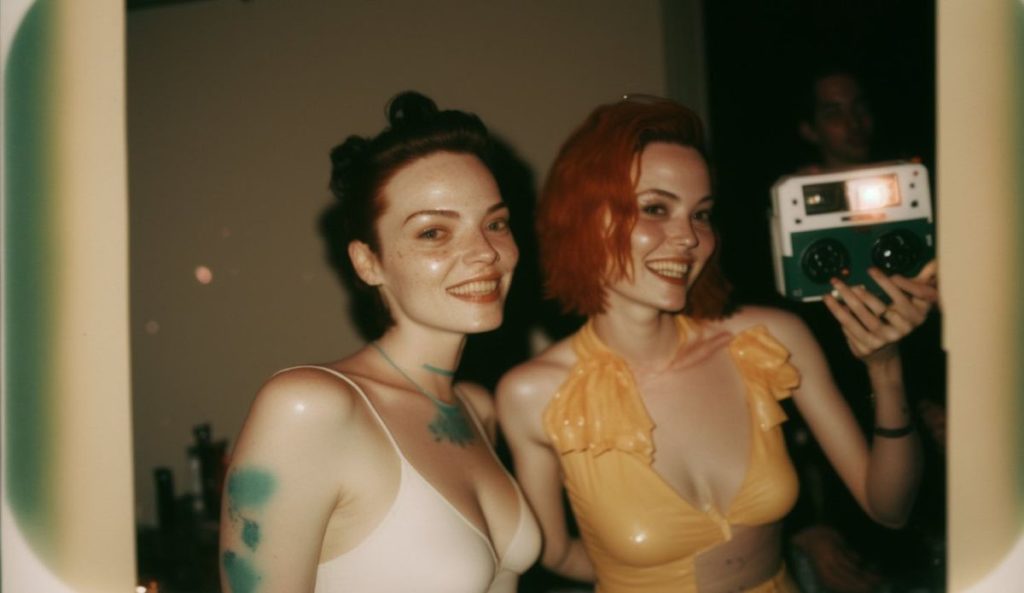Art has always been a reflection of human creativity and imagination. But what happens when the artist is an algorithm? As Artificial Intelligence continues to advance, it’s creating works of art that are blurring the lines between what is human-made and what is machine-made. In this article, we dive into the controversial debate of AI art, exploring the questions of what constitutes art and who can claim to be its creator.
Art has long been considered a unique expression of human creativity and imagination. However, with the advancements in Artificial Intelligence, algorithms are now creating works of art that challenge traditional definitions of what constitutes art. The debate surrounding AI art has become increasingly controversial, with opinions divided on whether it can truly be considered art. The aim of this article is to provide an in-depth examination of the subject, offering insights into this rapidly growing trend and its implications for the future of art and creativity.
Art has been a cornerstone of human creativity and imagination for centuries. From paintings and sculptures to installations and performance art, art has always been a unique expression of the human experience. However, with the rapid advancements in Artificial Intelligence (AI), algorithms are now creating works of art that challenge traditional definitions and raise new questions about what constitutes art. This has sparked a controversial debate about the role of AI in the art world, and whether AI-generated art can truly be considered art.
One of the main arguments for AI-generated art is that it offers new avenues for artistic expression and creativity. AI algorithms are capable of producing works of art that would be impossible for a human to create, allowing artists to explore new forms of creativity and experiment with new techniques. AI-generated art can also be highly personalized, with algorithms capable of creating works of art based on specific preferences or styles.
However, there are also concerns about the impact of AI on the art world. Many traditional artists and art critics argue that AI-generated art lacks the emotional depth and authenticity that make art truly meaningful. They also argue that AI-generated art lacks the personal touch and unique perspective that makes art so unique and meaningful.
In addition to these philosophical arguments, there are also practical considerations to consider regarding AI-generated art. For example, who can claim to be the creator of AI-generated art? If an algorithm is responsible for producing the work, is the artist who designed the algorithm the true creator, or is it the algorithm itself? These questions have important implications for the art world, including the question of who should receive credit and compensation for an AI-generated work of art.
Despite the controversy surrounding AI-generated art, it is clear that it is a rapidly growing trend that is here to stay. AI algorithms are becoming increasingly sophisticated, allowing for the creation of works of art that are truly unique and captivating. Whether you are an artist, a collector, or simply someone who loves art, it is worth considering the implications of AI in the art world and the impact it will have on the future of art and creativity.
The debate over whether AI-generated art can truly be considered art is a complex and controversial one. While some see AI as a powerful tool for artistic expression and creativity, others view it as a threat to the authenticity and emotional depth that make art so meaningful. Regardless of where you stand on the issue, it is clear that AI-generated art is a rapidly growing trend that will have a significant impact on the future of the art world.
Ultimately, the debate around AI and its role in creating art will continue as technology evolves, but it is up to individual perspectives to determine the value and authenticity of these digital creations.



